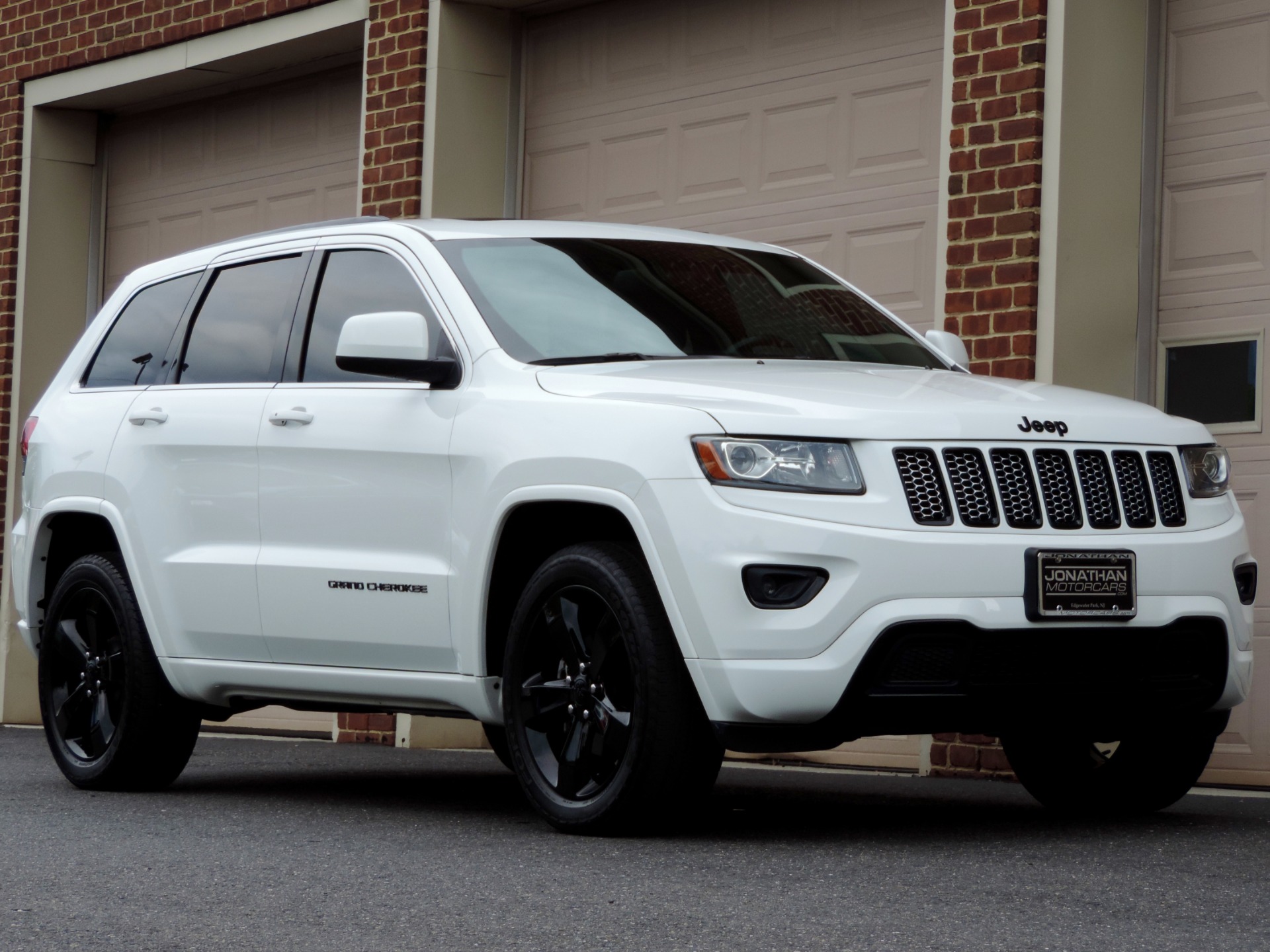
The Grand Cherokee's origins date back to 1983 when American Motors Corporation (AMC) was designing a successor to the smaller Jeep Cherokee (XJ). At its introduction, while most SUVs were still manufactured with body-on-frame construction, the Grand Cherokee has used a unibody chassis from the start. R134a and R1234YF have different low pressure port types, so you should never use a recharge adapter to add the wrong type of refrigerant.The Jeep Grand Cherokee is a range of mid-size SUVs produced by the American manufacturer Jeep. You cannot add R1234YF refrigerant to a R134a system nor can you add R134a refrigerant to a R1234YF system. There is an AC sticker in the engine bay of your 2015 Cherokee that indicates if it requires R134a refrigerant or the newer R1234YF type to do a recharge. What type of refrigerant does a 2015 Jeep Cherokee use? Air conditioning systems can vary so it is critical that you check the sticker in the engine bay to determine your Cherokee refrigerant type. Typically the AC recharge kit you buy will have enough capacity to add enough freon to get the AC in your Cherokee to blow cold air. In addition to cooling, freon lubricates the compressor when it runs. When your compressor kicks on, add freon to the correct pressure. Once you find the 2015 Cherokee AC low pressure port cap, hook up the can of refrigerant to the low pressure port. How do you recharge AC in a 2015 Jeep Cherokee? The low side AC port location is the first thing to find when you are looking for how to put freon in a car. If there is a problem with your compressor or evaporator, adding freon will not restore cooling. The A/C system in your Cherokee consists of a compressor that is belt-driven, an evaporator and freon.

Most refrigerants include a leak sealer that will seal small leaks in addition to filling the R134a freon. Recharging the freon in your AC system is an inexpensive and easy first step to restoring the cooling capacity of your A/C system. When the air conditioner in your 2015 Jeep Cherokee starts blowing hot air, you likely have a freon leak.


 0 kommentar(er)
0 kommentar(er)
